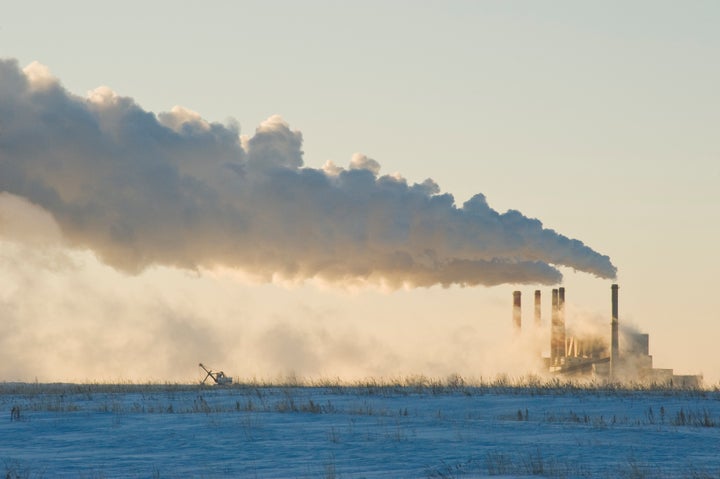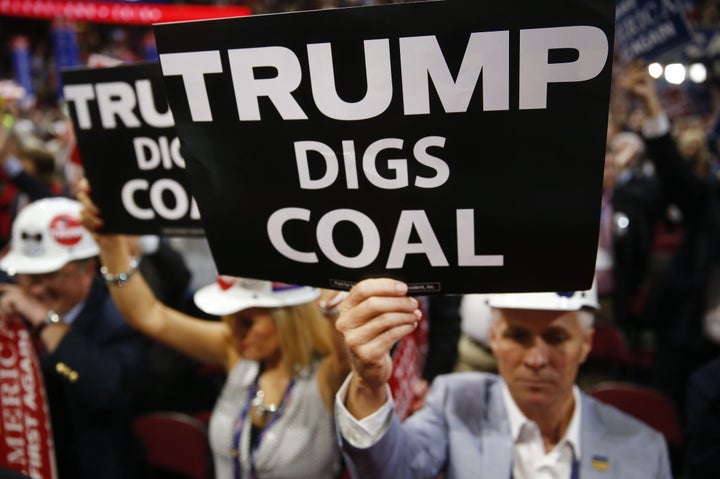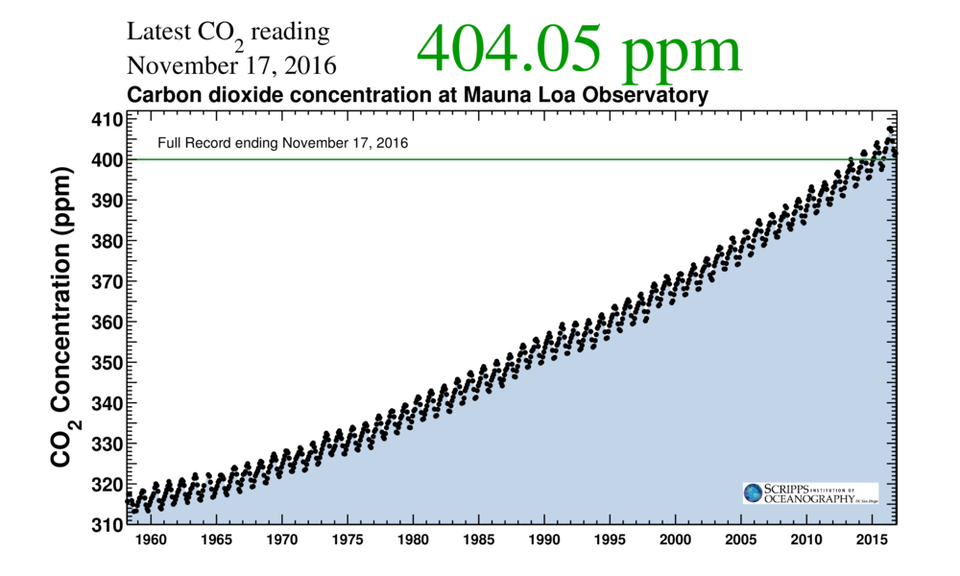
Canada plans to phase out most coal-powered electricity plants by 2030, Environment Minister Catherine McKenna announced Monday.
By speeding up the timeline for closing coal-fired plants, which spew more pollution than most other fossil fuels, the country expects to reduce its carbon emissions by 5 megatons, or the equivalent taking of 1.3 million cars off the road. Coal makes up nearly three-quarters of the Canadian electrical industry’s greenhouse gas emissions, and over 8 percent of the country’s total carbon footprint.
“Taking traditional coal power out of our energy mix and replacing it with cleaner technologies will significantly reduce our greenhouse gas emissions, improve the health of Canadians, and benefit generations for years to come,” McKenna said in a statement. “It sends a clear signal to the world that Canada is a great place to invest in clean energy.”
Roughly 80 percent of Canada’s electricity currently comes from zero-emission sources, McKenna said. Under the new regulations, that number should increase to 90 percent over the next 14 years. Other countries, including Austria, Denmark, France, the Netherlands and the United Kingdom, have also accelerated their plans to wean themselves off coal, according to The Wall Street Journal.
But the move comes as the U.S., Canada’s largest trading partner, seems set to scale back environmental regulations and bolster the coal industry once President-elect Donald Trump takes office next year.
Trump campaigned hard in coal country, promising to put miners back to work by slashing pollution restrictions and scrapping President Barack Obama’s Clean Power Plan, which would have forced the utility sector to use more renewable energy. Most of the coal industry’s biggest players have gone bankrupt over the last two years, in large part because of ill-conceived bets on the future of Chinese economic growth. Even coal barons who backed Trump admit the coal industry isn’t coming back.

Trump is considering pulling out of the historic climate treaty reached in Paris last year, which has prompted some countries to threaten to place a carbon tax on any goods imported from the U.S.
Should Trump make good on his promises, the U.S. won’t be the only developed country flirting with a fossil fuel so dirty its emissions shroud cities like Beijing in dense, toxic smog. Japan ― still reeling from 2011 disaster at the nuclear power station in Fukushima ― plans to build a dozen new coal-fired plants, pollution from which could cause up to 10,000 premature deaths. Australia, which rolled back environmental regulations under “environmental vandal” Prime Minister Tony Abbott, struggles with some of the dirtiest coal-fired plants of any rich country.
“This is a necessary prerequisite for tackling climate change, but will also make a significant contribution to reducing air pollution and also unlock investment in clean alternatives,” Ben Caldecott, a sustainable finance program director at the University of Oxford, said of Canada’s announcement.
“Other developed economies must also act, particularly Japan ― which is wrongly planning a new generation of coal-fired power stations ― and Australia, which has the oldest and most inefficient coal-fired power stations found anywhere in the world,” he added.
To be sure, Canada isn’t completely getting rid of coal. Some electricity produced by coal-fired plants equipped with technology to capture and store carbon emissions will remain. The world’s first carbon-capture coal plant opened in Saskatchewan in 2014. The $1.47 billion facility compresses emissions into liquid form and pumps the byproduct into an aquifer deep underground.
Critics say the deal to build the plant provided a massive subsidy to Canada’s oil industry, and stunted clean energy projects such as new wind turbines in the region. Early experiments in carbon capture have already caused leaks, blowouts and earthquakes.
“As if this wasn’t enough, fossil fuel companies are actively lobbying to shift responsibility and liability for storing and monitoring buried emissions to the public,” environmental advocacy group Greenpeace wrote in a July memo on carbon capture technology. “Put simply, carbon dioxide storing is so risky that these polluting industries expect governments to step in and take responsibility for storage sites once they’ve closed. In the event of a leak, the people, not polluters would bear the consequences.”

